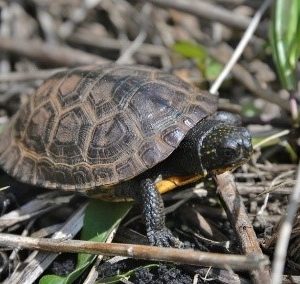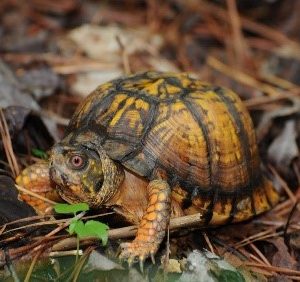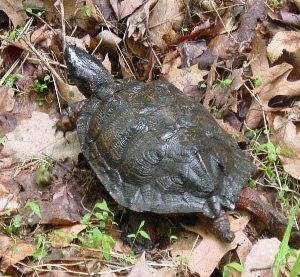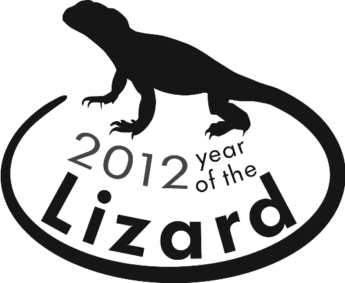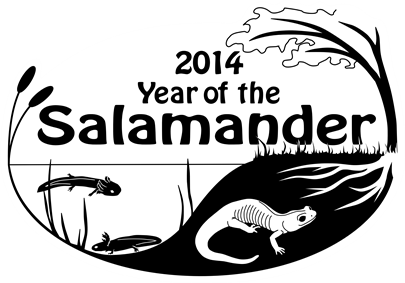This year is PARC’s 20th Anniversary! To celebrate this milestone, we have compiled a list of 20 significant accomplishments (in no specific order) of our network. We thank all who have and who continue to contribute to our collective success and who embrace our principles of teamwork, enthusiasm, and passion in support of amphibian and reptile conservation and management.
1. Inventory Study by Department of Defense (DoD) PARC
DoD PARC’s 2018 publication, Amphibians and Reptiles of United States Department of Defense Installations, summarizes amphibian and reptile species present on over 400 military sites in the continental US. The DoD was the first federal agency to complete an agency-wide inventory of amphibians and reptiles. To read the full publication in the journal Herpetological Conservation and Biology, visit: www.herpconbio.org/Volume_13/Issue_3/Petersen_etal_2018.pdf
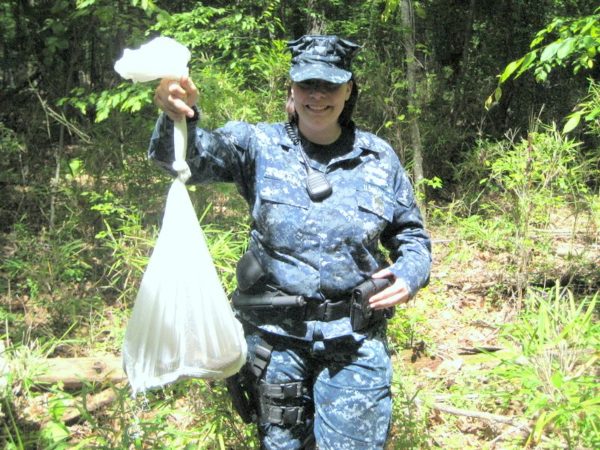
2. Habitat Management Guidelines
Habitat alteration, fragmentation and loss are major challenges in the conservation of amphibians and reptiles (herpetofauna). To help improve compatibility between land management and herpetofauna, PARC developed a series of Habitat Management Guidelines (HMGs) that provide resource managers and landowners with region-specific guidance on best management practices accounting for the needs of herpetofauna. Find further details at: parcplace.org/habitat/habitat-management-guidelines.
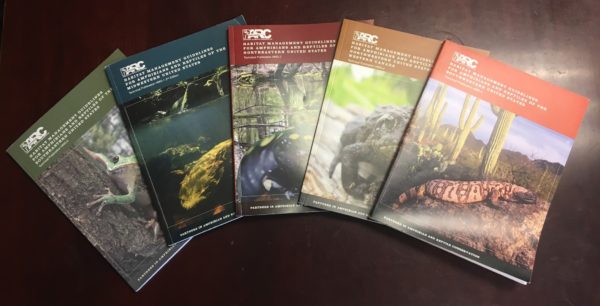
3. Inventory and Monitoring Guide
In partnership with the US Forest Service, Department of Defense, and the University of Georgia’s Savannah River Ecology Laboratory, PARC created a comprehensive guide to the inventory and monitoring of amphibians and reptiles in North America. Filled with color photographs and summaries of sampling techniques, the Inventory and Monitoring: Recommended Techniques for Reptiles and Amphibians publication serves as an excellent resource for biologists, consultants, land managers, and other non-herpetologists. Another print run of this popular guide will be done soon. Find further details about the guide at: parcplace.org/species/inventory-and-monitoring
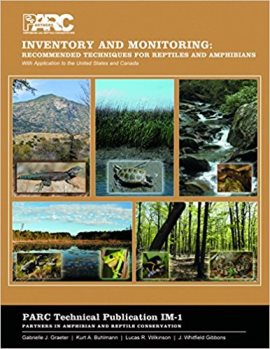
4. Priority Amphibian and Reptile Conservation Areas (PARCAs)
With habitat loss and fragmentation major threats to amphibians and reptiles, PARC developed the PARCA project to increase public awareness and encourage landowners and conservation partners to take voluntary actions for the benefit of herpetofauna. PARCAs, a nonregulatory designation, are identified through a process based on scientific criteria and expert review. PARC has already surpassed the halfway-point for our goal of establishing PARCAs in all 48 continental states! Find further details at: parcplace.org/habitat/parcas
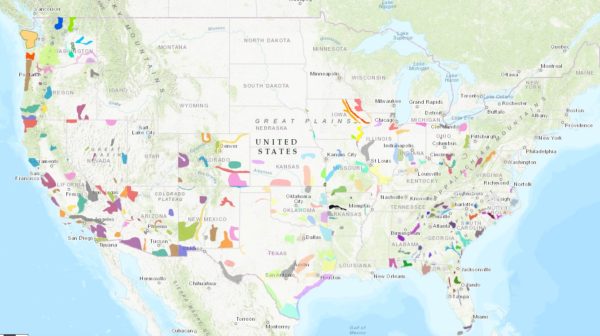
5. Model State Herpetofauna Regulatory Guidelines
Initiated in 1999, one of Northeast PARC’s earliest projects developed model state herpetofauna regulations aimed at promoting conservation of wild native populations, sustainable use of those populations, and public safety. The resulting guidelines assist wildlife management agencies in creating or modifying regulations on collection and trade of herpetofauna. Recognizing a nationwide need for such guidelines, Northeast PARC’s product led to a national working group and developed into a broadly applicable set of model regulatory guidelines for the nation. Find further details and a downloadable version of the guidelines at: northeastparc.org/model-state-herp-regs
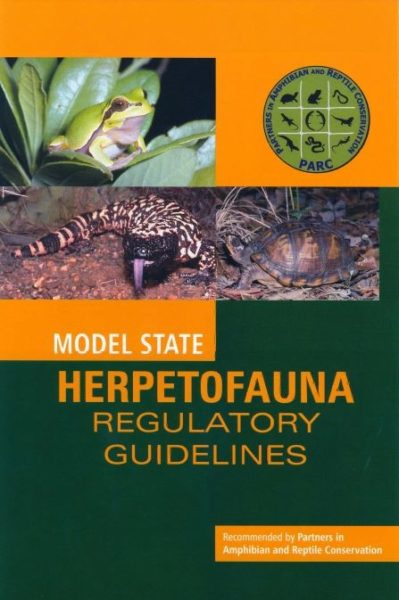
6. Midwest PARC’s Blanding’s Turtle Conservation Assessment
The range of the Blanding’s turtle (Emydoidea blandingii) lies largely within the Midwest where most states list the species as endangered, threatened, special concern, or a species of greatest conservation need. To aid conservation efforts, Midwest PARC surveyed wildlife professionals across the region to gather knowledge of the species’ distribution and status, threats to populations, and ongoing/needed management. The results were compiled to create the Blanding’s Turtle Conservation Assessment Survey, which serves as a useful tool when developing conservation actions. Find a downloadable version of the assessment at: www.mwparc.org/products/blandings
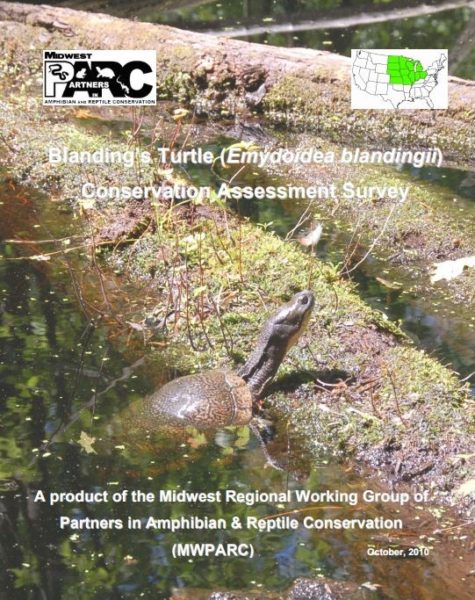
7. Southwest PARC’s Flat-tailed Horned Lizard Biomonitor Training
Residing in the deserts of southern California, southwestern Arizona and northern Mexico, the flat-tailed horned lizard (FTHL; Phrynosoma mcallii) has suffered habitat loss due to agricultural and residential development. Southwest PARC has taken on an important role in the species’ Range-wide Management Strategy (RMS) by coordinating with the California Department of Fish and Game, Arizona Game and Fish, and the FTHL Interagency Coordinating Committee to offer biomonitor training workshops. By tracking population trends, biomonitoring efforts are key to FTHL conservation actions, and the training facilitated by Southwest PARC is crucial to ensuring consistency in data collection. To find additional details, visit: www.swparc.org/
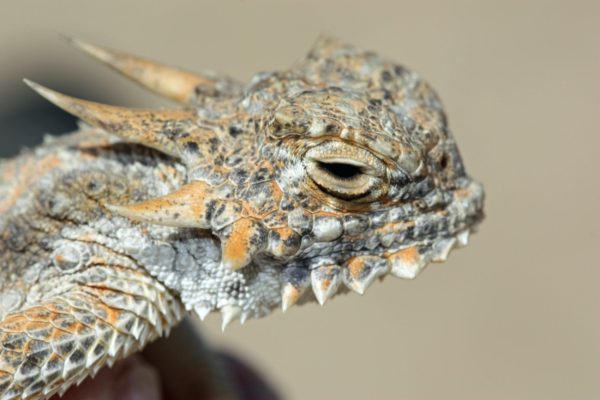
8. DoD PARC Snake Safety Video
To provide military personnel and natural resources managers with information about venomous snakes of the continental U.S., Department of Defense (DoD) PARC developed a video covering snake identification, common myths and misconceptions, and general snake safety measures. Although produced with military installations in mind, the educational video is useful for anyone living or working in areas of the continental U.S. that are home to venomous snakes and has garnered over 1,300 views since its publication earlier this year. To watch the video, visit: www.youtube.com/watch?v=iCaXqgYGoLo
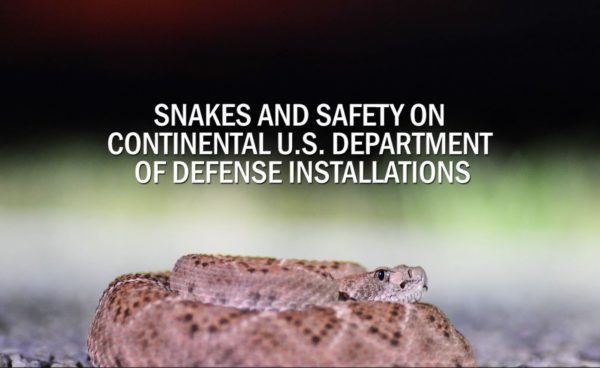
9. Code of Conduct and the Diversity, Equity, and Inclusion Task Team
Inclusivity and collaboration form the basis of one of PARC’s Core Values, and our network welcomes anyone interested in the conservation of amphibians and reptiles. To foster a safe, respectful, and productive environment where open dialogue and the exchange of ideas can thrive, PARC developed a Code of Ethics and Meeting Code of Conduct that holds members to the highest standards of integrity and professionalism. Additionally, a national Diversity, Equity, and Inclusion Task Team (DEITT) was formed to improve cultural competency and inclusivity as well as enhance our network’s diversity. The full Code of Ethics and Meeting Code of Conduct can be downloaded from: parcplace.org/about/codes-of-ethics-and-conduct and details of DEITT are available at: parcplace.org/about/diversity-equity-inclusion
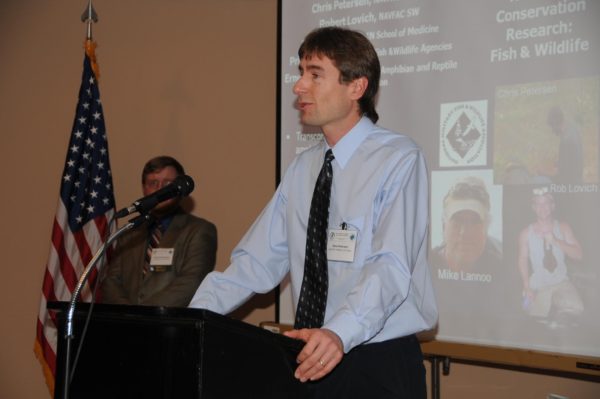
10. PARC’s Strategic Plan
PARC developed a national-level Strategic Plan to guide our organization on its mission of forging proactive partnerships to conserve amphibians and reptiles and the places they live. Focused on goals within three central themes (network growth, habitat conservation, and species conservation), the Strategic Plan will help us achieve our ultimate vision of a society where amphibians and reptiles are valued for their importance in our natural and cultural heritage and are considered in all conservation and land management decisions. To promote PARC’s Strategic Plan, we have created a flyer that succinctly summarizes its main goals. The flyer is available at: parcplace.org/wp-content/uploads/2019/07/StrategicPlanFlyer_2019.pdf
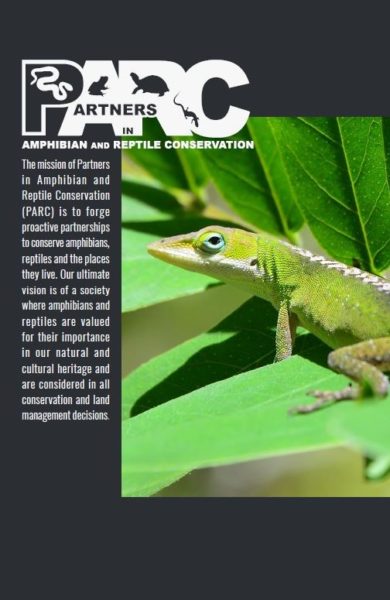
11. Northwest PARC’s “Amphibians on my Land” Brochure
As amphibian habitat often overlaps with farmland, agricultural producers can play an important role in the conservation of amphibians. In cooperation with the Alberta Conservation Association, Northwest PARC developed an informative “Amphibians on my Land” brochure, which provides land managers with an overview of the ecosystem roles of amphibians as well as stewardship practices that promote amphibian conservation while also enhancing agricultural productivity and sustainability. The brochure is available to download at:
www.nwparc.org/s/amphibians_agriculture.pdf
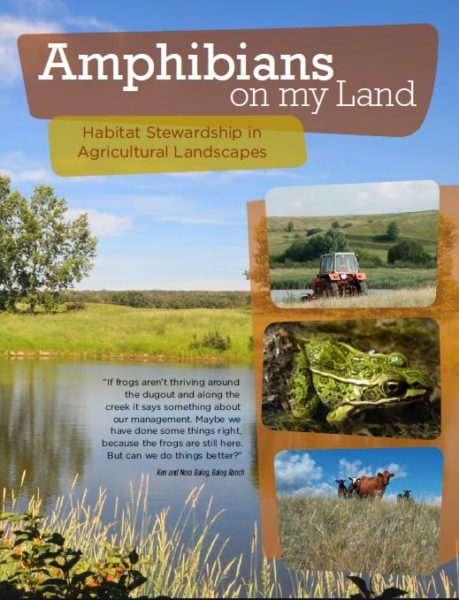
12. Southeast PARC’s Roads and Ecological Infrastructure Book
Roadways present major hazards and barriers for wildlife, particularly small animals like amphibians and reptiles. In cooperation the U.S. Forest Service, National Park Service, Association of Fish and Wildlife Agencies and many other partners, Southeast PARC (through their Roads Task Force) made a significant contribution to the development of a book entitled Roads and Ecological Infrastructure: Concepts and Applications for Small Animals. This book details the effects of roads on small animals and provides practical solutions to help mitigate the conflicts between wildlife and roadways. The book is available to purchase at jhupbooks.press.jhu.edu/title/roads-and-ecological-infrastructure or at www.amazon.com/Roads-Ecological-Infrastructure-Applications-Conservation/dp/1421416395
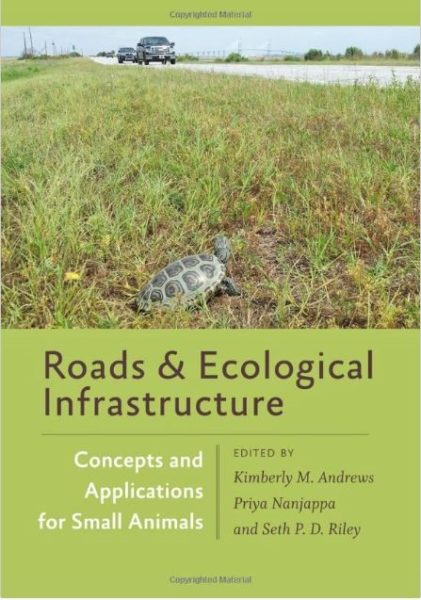
13. Northeast PARC’s Turtle Working Groups
With more endemic turtle species than anywhere else, the United States is a turtle biodiversity hotspot, yet populations of many species are dwindling. To develop and promote turtle conservation efforts, Northeast PARC has formed working groups focused on some of our country’s declining species: wood turtles (Glyptemys insculpta), Blanding’s turtles (Emydoidea blandingii), and eastern box turtles (Terrapene carolina carolina). Activities of these groups include conducting status assessments, developing conservation plans, implementing monitoring protocols, and developing educational materials. To find out more about the working groups, visit: northeastparc.org
14. Annual meetings
Annual meetings have an important role in PARC and are often considered the heart of our organization. Each of PARC’s five regions (Northwest, Southwest, Midwest, Northeast, Southeast) holds a yearly gathering, which serves as a forum for developing and renewing partnerships, sharing research, and celebrating our network. Working groups and breakout sessions are key parts of these meetings where discussions flow, ideas are exchanged, and plans are translated into actions. Attending a meeting is a great way to become familiar with PARC and our activities while making new connections in the herpetofaunal conservation community.
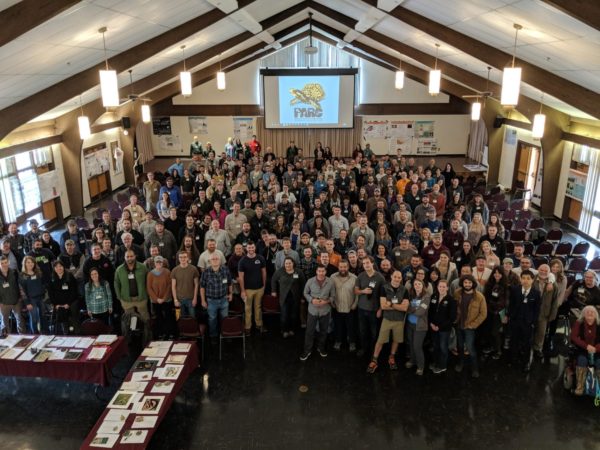
15. PARC Awards (National and regional)
PARC has created various awards to recognize and celebrate those who have made significant contributions to herpetofaunal conservation and to the PARC organization. At the national level, we honor individuals with the Visionary Leader Award and the Alison Haskell Award for Excellence in Herpetofaunal Conservation (visit parcplace.org/about/parc-awards for details). There are also a number of honors at the regional level:
 Southeast PARC: Conservation Hero Award
Southeast PARC: Conservation Hero Award- Northeast PARC: Award for Excellence in Herpetofaunal Conservation
- Southwest PARC: Charlie Painter Memorial Award for Excellence in Herpetological Mentorship
- Northwest PARC: Unsung Hero Award, Luminary Award, In Memoriam recognition, Creative Contributions recognition

16. SSAR-PARC Meeting
By collaborating with the Society for the Study of Amphibians and Reptiles (SSAR), PARC increased awareness and participation in PARC by academic herpetologists. The 2005 SSAR-PARC meeting was the first time PARC worked jointly with another organization on a national scientific conference. PARC organized three symposia (Priority Areas for Herpetofauna Conservation, PARC Partners Focusing on Habitat, and Communicating Herpetofaunal Conservation to the Public), arranged for a workshop by the Alan Alda Center for Communicating Science, and sponsored a student lunch on non-academic herpetology careers. As a result of the meeting, PARC was invited to write an article, entitled SSAR and PARC: A Synergy of Science and Conservation Action, for SSAR’s journal, Herpetological Review. With PARC and SSAR joining forces for another meeting in 2021, the relationship between these organizations will continue into PARC’s next 20 years. Details of the upcoming meeting can be found at: ssarherps.org/meetings

17. Northwest PARC’s Workshops
Since the region’s inaugural meeting in 2008, workshops have been an integral part of Northwest PARC’s activities. Covering topics such as remote sensing, amphibian diseases, monitoring techniques, wetland construction, and more, these workshops not only provide education and training, they are useful discussion forums. With many workshops offered at Northwest PARC’s annual meetings, held in conjunction with meetings of the Society for Northwestern Vertebrate Biology, chapters of The Wildlife Society, and other organizations, these events bring together diverse audiences and promote collaboration. Indeed, the reputation of these excellent workshops has attracted many new people to the PARC network. To find out more about NW PARC and its workshops, visit: www.nwparc.org
- Energy Development workshop (Boise, ID, 2009)
- Wetland construction workshops in (Portland, OR, 2009; Weaverville, CA, 2011)
- Herpetofauna and Roads workshop (Nanaimo, BC, 2011)
- Amphibian Inventory and Monitoring Techniques (2011)
- Amphibian Diseases (2018)
- Remote sensing workshop (Squamish, BC, 2013)
- Washington PARCAs (2017)
- Oregon PARCAs (2019)
18. PARC Outreach
The PARC network carries out public engagement and outreach activities at all levels of our organization. At the national level, such efforts have included a series of year-long campaigns celebrating major groups of herpetofauna taxa. Beginning with the Year of the Turtle in 2011 and continuing through the Year of the Lizard (2012), Year of the Snake (2013), Year of the Salamander (2014), these campaigns helped raise awareness of herpetofaunal species and their conservation needs. Products associated with the “Year of” campaigns can be found at: parcplace.org/species/past-taxa-based-campaigns
19. State Chapters
PARC is not only active at the national and regional level, we also have U.S. state chapters, and an international Caribbean chapter, that bring a more local focus to amphibian and reptile conservation efforts. Like their regional counterparts, many state chapters hold annual meetings that provide forums for exchanging ideas and network building opportunities for the herpetofauna conservation community. Links to PARC’s currently active state chapters can be found at: parcplace.org/about/find-parc. If there’s no chapter in your state, then check out your regional PARC website for regional meetings and working groups.
20. Disease Products
With pathogens among the major threats to amphibians and reptiles, PARC created a National Disease Task Team (DTT) to guide disease-related communication and collaboration among PARC regions, federal and state agencies, and other partners. The DTT has consulted on numerous tasks, such as equipment decontamination and field site biosecurity, and furthered disease knowledge in the herpetofauna community by publishing peer-reviewed manuscripts. To facilitate communication between the public, professionals, and agencies about ongoing disease events, the DTT created the continent-wide Herpetofaunal Disease Alert System (HDAS). By e-mailing HDAS (herp_disease_alert@parcplace.org), people can report suspected herpetofauna disease incidents to help promote early detection and rapid response actions. Further details about DTT and HDAS are available at: parcplace.org/resources/parc-disease-task-team

- Gray, M.J., M.C. Allender, K.H. Haman, R.N. Harris, and D.H. Olson. 2018. Facilitating early detection and rapid response. The Wildlife Professional 12(5):33-35.
- Gray, M.J., A.L.J. Duffus, K.H. Haman, R.N. Harris, M.C. Allender, T.A. Thompson, M.R. Christman, A. Sacerdote-Velat, L.A. Sprague, J.N. Williams, D.L. Miller. 2017. Pathogen surveillance in herpetofaunal populations: Guidance on study design, sample collection, biosecurity, and intervention strategies. Herpetological Review. 48:334-351.


